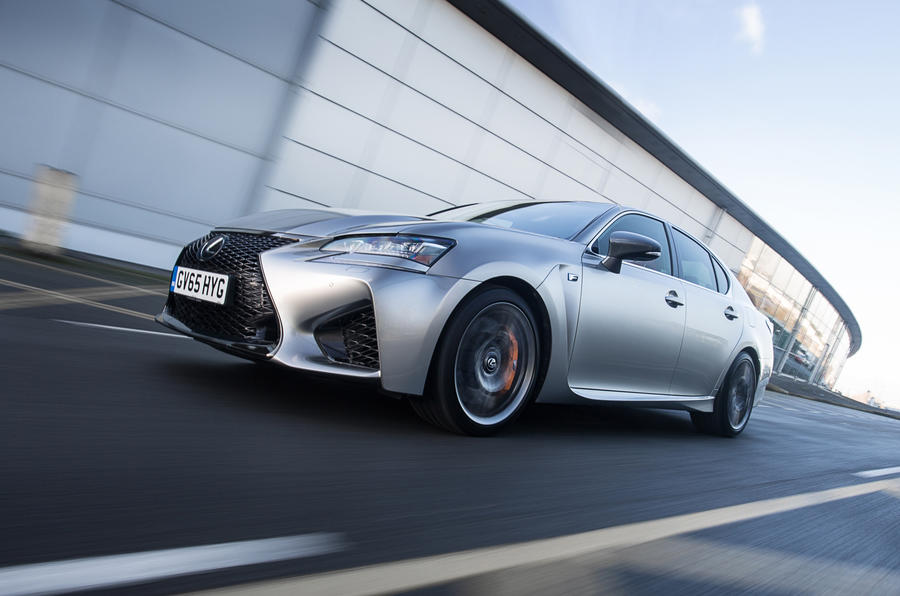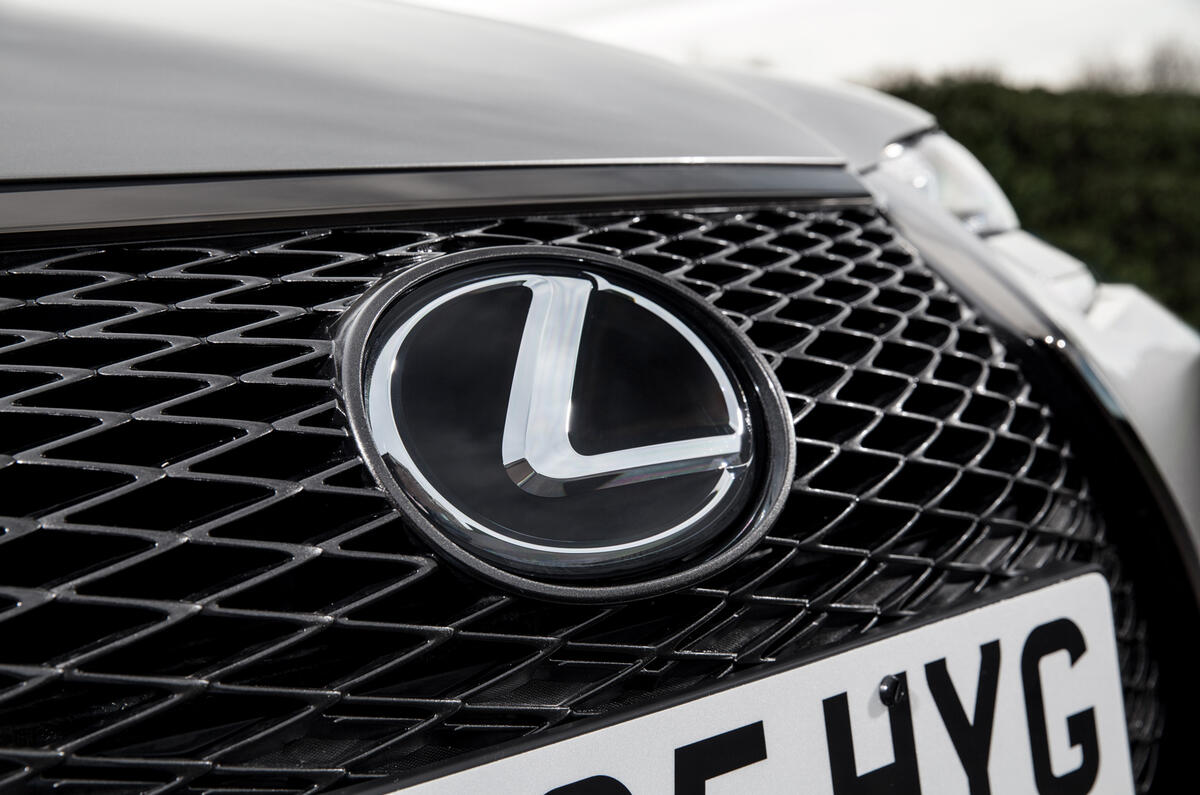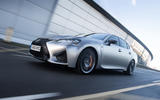The Lexus GS F is a car that’s been on the starting blocks for several years. Lexus’s F-brand performance division was ready to launch it back in 2010, Lexus using the third-generation GS as a basis – only for global financial conditions to be deemed too hostile.
So it’s with a strong sense of relief that the Japanese firm is now finally getting ready to put its first full-size super-saloon into showrooms and slide another feather into the band of its cap.
Like the IS F, LF A and RC F before it, the GS F is an unconventional kind of performance machine that speaks volumes about Lexus’s alternative approach. If it were built by a German carmaker’s performance division it’d be more powerful, more expensive and turbocharged. All three facts would be inevitable in order to earn the car a place in the ever-escalating horsepower race that has defined Germany’s market for ’bahn-storming four-doors this past decade or so.
“We choose not to get involved in a fight we can’t win,” says chief engineer for the car Yukihiko Yaguchi. So instead of focusing on power and outright sledgehammer pace, Lexus counters with noise, excitement and ‘performance feel’. Its 471bhp 5.0-litre atmospheric V8 engine is the main conduit of all three, with a building torque delivery quite unlike the walloping mid-range of the turbo V8s now common in the niche.






































